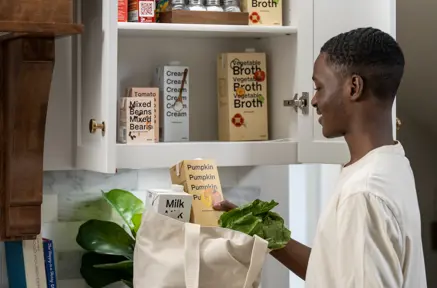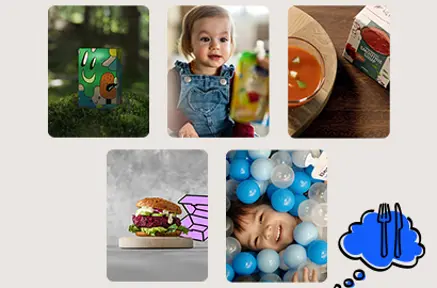Big considerations for tiny tummies

Babies rule the world. Literally. These little humans have a say in almost everything a family does, even though they can’t really voice their opinion. When their preferences and safety can impact big consumer decisions like cars and furniture, imagine what the impact is on a food and beverage category that is created for only babies.
We can safely say that baby food is probably one of the most mulled-upon segments in food and beverage. So, what are the top considerations? And what lies behind its phenomenal growth?
The beginning
The idea of commercial baby food is actually only 100 years old, pioneered by a young father when the mother was too ill to cook and care for the baby. It filled a gap in the market that people at the turn of the last century did not even realize existed. The concept caught on so much that in less than 15 years, 2 million cans of baby food had been produced by a brand that is a leading player even today.
Interestingly, baby food is the only food and beverage segment where manufacturers need to cater to not one but two customer types – babies and parents – with each having their own priorities.
Tempting babies
Babies are tough to please. Texture is a top consideration in baby food and taste follows soon after. It is vital for baby food to have the right mouthfeel, appropriate for the relevant age. It also needs to offer variety and progression in texture through the ages, so that babies develop oral motor skills and learn to enjoy diverse tastes and flavors. Texture, along with taste, plays a big role in palatability of baby food.

Non-negotiable natural nutrition
Precise, age-appropriate nutrition with natural ingredients is a key ask from most parents. No parent wants to put preservatives, artificial additives or even hidden salt and sugar into their little humans. Simply put, baby food needs to be good for babies with clear labelling, be it ingredients, or fortification, for parents to take informed decisions. Clean label is key here, along with allergen-free options.

Parental priorities
Conscious consumption is here to stay, and it is no different when parents are buying for babies. The rise of plant-based baby food shows that parents want to pass on their dietary preferences to their children from an early age, and their purchasing decisions reflect their overall priorities. Sustainability and transparency are vital considerations in this segment too.
Packs for little hands and long shelf life
Convenience is a key driver in the packaged baby food segment. Access to safe and nutritious food whenever and wherever hunger pangs strike little tummies is one of the primary reasons parents stock up on packaged baby food. Forbes list of top baby food brands pegs different packaging formats as a pro for every brand they choose. Take spouted pouches, a clear favorite, as they are perfectly portioned and easy-to-hold in little hands. Baby food cartons on the other hand, with their varied sizes and rigid structures, can package a diverse range of products, portioned appropriately for different age groups
Shelf-stable packaging is important not only for consumers but retailers and manufacturers too, streamlining storage and transportation across the retail value chain, including e-commerce. Talk to us, at SIG, to explore how our packaging solutions can help differentiate your baby food brand. In the next part of the series, we will examine the drivers that are fueling the growth of packaged food. Don’t miss the post – watch this space or subscribe to our bi-weekly newsletter and get it straight in your inbox.

Innovation and partnership to improve global food access

Unpacking the food and beverage industry

